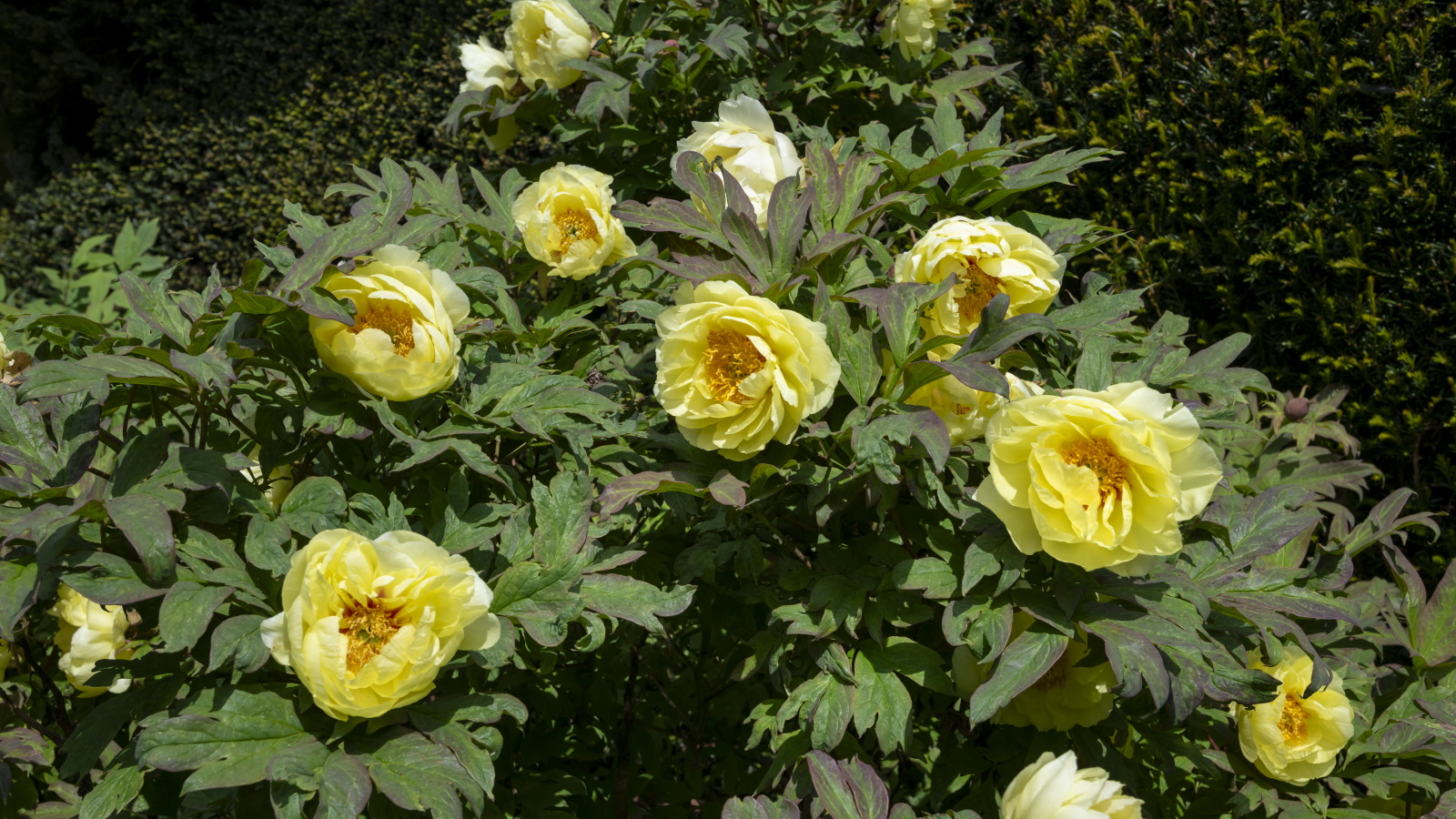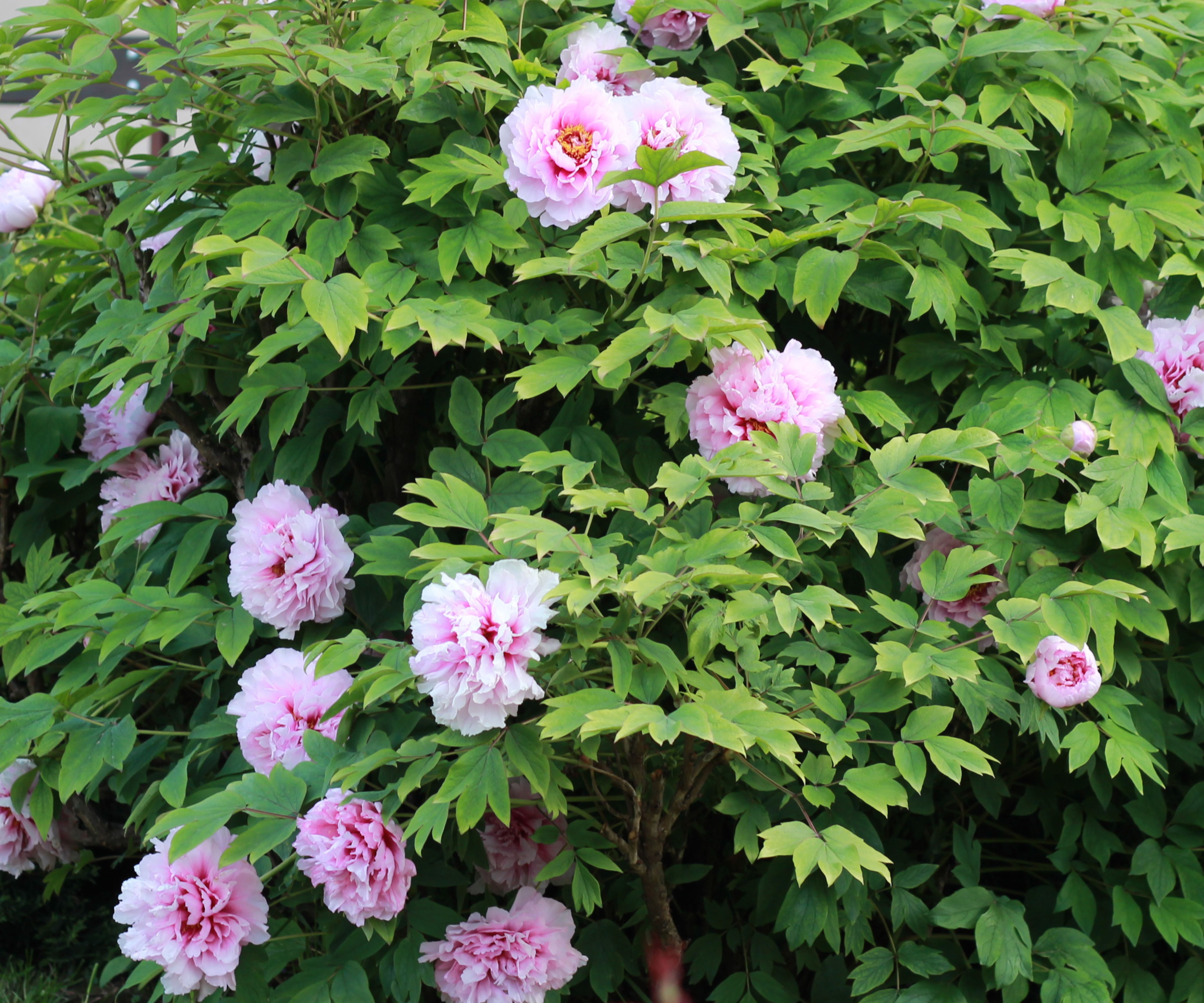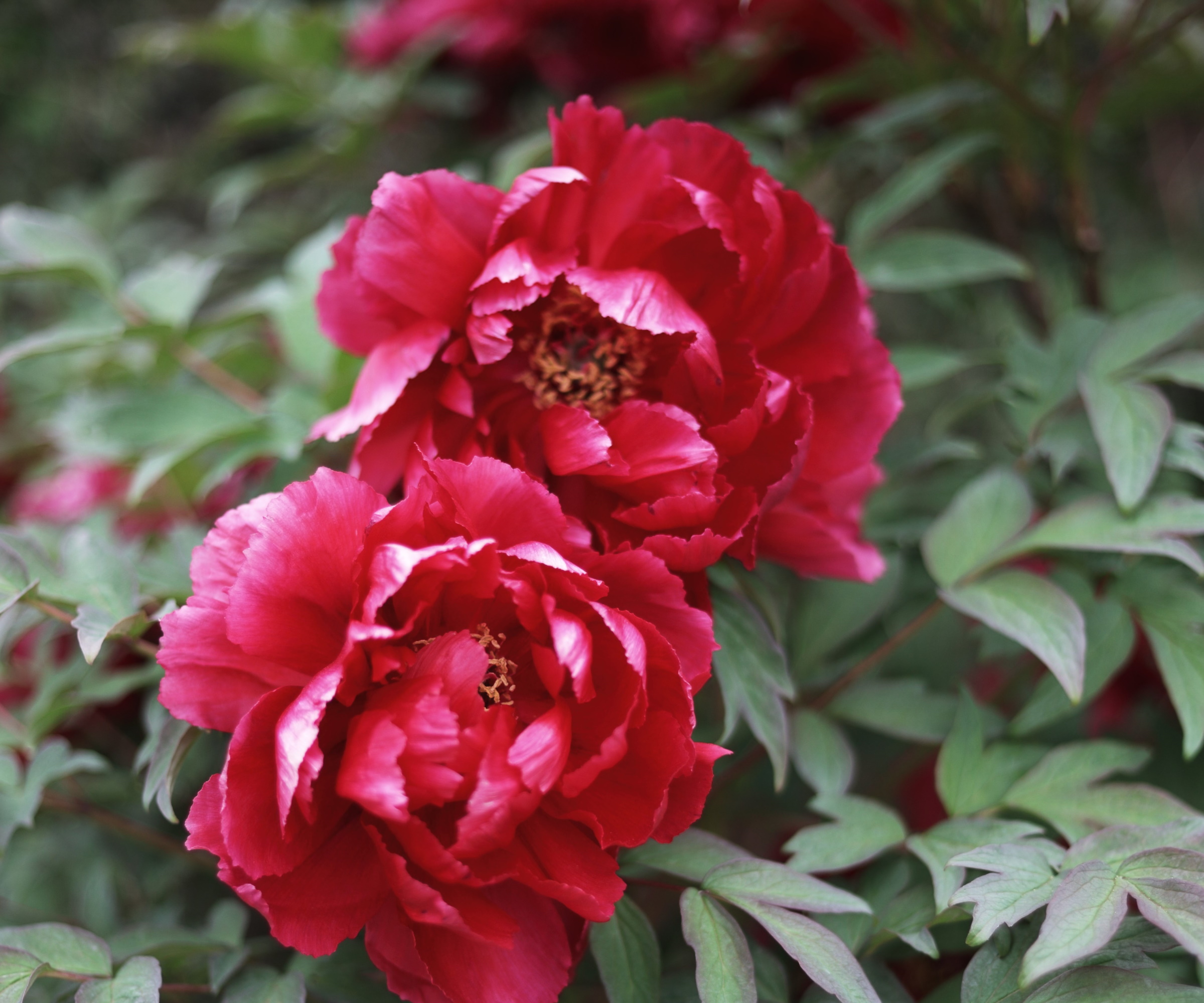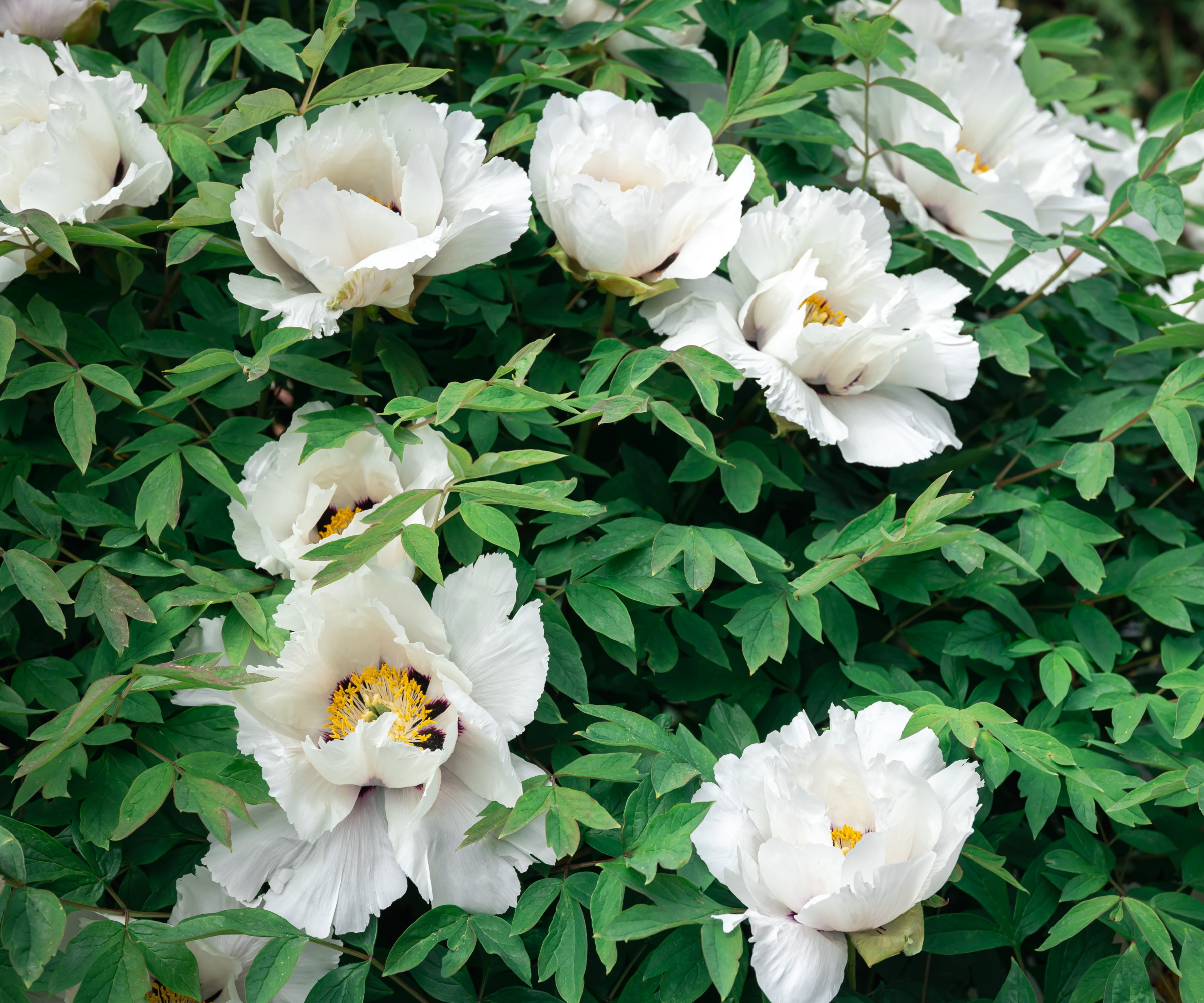How to grow a tree peony – the flowering shrub with large, dramatic blooms
Peonies are popular plants that are celebrated for their flowers, but have you considered adding the unusual tree peony to your collection?


Tree peonies, Paeonia suffruticosa, are the taller, tree-like relatives of the much loved herbaceous peony famed for its brilliant spring blooms. Tree peonies should be thought of as small shrubs, growing up to 6 feet tall and wide, making this a decorative plant that is suitable for the back of the garden border.
You may already know how to grow peonies, but why not add a tree species to your collection this year? While not as common as standard herbaceous species, tree peonies are prized for their large flowers, that can measure up to 10 inches in diameter, blooming in a range of colors including pink, white and yellow.
What's more, with such large, colorful and fragrant blooms, several varieties of tree peony are popular plants for pollinators, often seen humming with bees, butterflies and birds in the spring and summer months. Here, we share expert tips and advice from peony experts on how to grow tree peonies in pots and borders your yard.

How to grow a tree peony
Tree peonies are in the same plant family as compact herbaceous peonies, but there are some differences to be aware of when comparing the two. For example, many gardeners will know that herbaceous peonies attract ants, with buds often seen loaded with ants at the time of blooming. However, unlike herbaceous peonies, the flower buds of tree peonies do not produce the sweet sap that attracts ants.
Things to know about tree peonies

'Tree peonies are so named for their woody stems, appearing shrub-like when compared to the common herbaceous peony,' says Kady Adelman, peony expert and Retail Manager at Adelman Peony Gardens, Oregon. 'They are generally slow growing,' Kady adds, 'eventually reaching anywhere between 4 to 8 feet.'
'While tree peonies defoliate in the fall, the woody stems stay intact above ground,' Kady continues. 'They tend to bloom earlier than standard peonies, and have larger flowers.'
'In addition, tree peonies are relatively hardy,' Kady adds, 'growing well in US hardiness zone 4 to US hardiness zone 8.'
Design expertise in your inbox – from inspiring decorating ideas and beautiful celebrity homes to practical gardening advice and shopping round-ups.
'Some of the most easy varieties to grow include Alice Harding, Boreas, Gauguin, Hephestos, and Waucedah Princess,' Kady says. 'Some of these varieties have nectar-rich, open blooms, making them more accessible for pollinators.'

Kady is a peony expert and retail manager for Adelman Peony Gardens who grow a large collection of peonies over a thirty-acre site in Brooks near Salem, Oregon, in the beautiful Willamette Valley. Adelman now has at least 500 named peonies growing in their fields.
Growing advice for tree peonies

- Soil: Tree peonies grow best in well-draining soil that is slightly alkaline. If you are unsure of the soil pH in your yard, consider using something like this pH meter from Walmart. For best results, apply a loam-based top dressing or leaf mould to your soil every year, helping to improve the quality of your soil and add essential nutrients. I tend to mulch my borders in the all, using an organic leaf mold.
- Light: These plants grow best in locations with 'at least half a day to a full day of sun,' Kady says. 'It is best to plant in a spot with morning sun followed by afternoon shade.' When grown in full-sun, the blooms will fade much sooner than they otherwise would in a partially shaded spot. In addition, leaves can scorch in full sun, causing your tree peony to wither and defoliate.
- Watering: Water your tree peony deeply during the growing season, soaking the soil once a week when the temperatures rise. It is best to use your hand and feel the soil underneath your tree peony, to assess how dry the ground is. You can also monitor the foliage, as browning leaves or leaf-drop is a sign your plant is thirsty, but it is best to water before your plant gets to this stage.
- Fertilizing: Considering when to fertilize peonies, Kady recommends 'fertilizing your tree peony twice a year, once in the spring and once in the fall,' Kady adds. Use a foliar feed, such as this fish fertilizer available from Walmart, helping to provide essential nutrients for your plant.
- Pruning: One common peony pruning mistake is to prune at the wrong time, so make sure you know when to shape your tree peony. 'Pruning can be done to maintain an attractive and compact shape for your plant,' Kady says. 'The best time to do this is in the summer after blooms fade but before the buds for next years begin to develop.'
Adding a tree peony to your yard can help to elevate your shrub collection, and the blooms of this unusual plant will not fail to disappoint.
For more information on growing peonies, see our guide on peony pests, to help identify and combat peony problems in your yard.

Thomas is a Content Editor within the Gardens Team at Homes and Gardens. He has worked as a professional gardener for both public spaces and private estates, specializing in productive gardening, growing food and flowers. Trained in Horticulture at the Garden Museum, he has written on gardening and garden history for various publications, including The English Garden, Gardens Illustrated, Hortus, The London Gardener and Bloom. He has co-authored a Lonely Planet travel book, The Tree Atlas, due out in 2024.